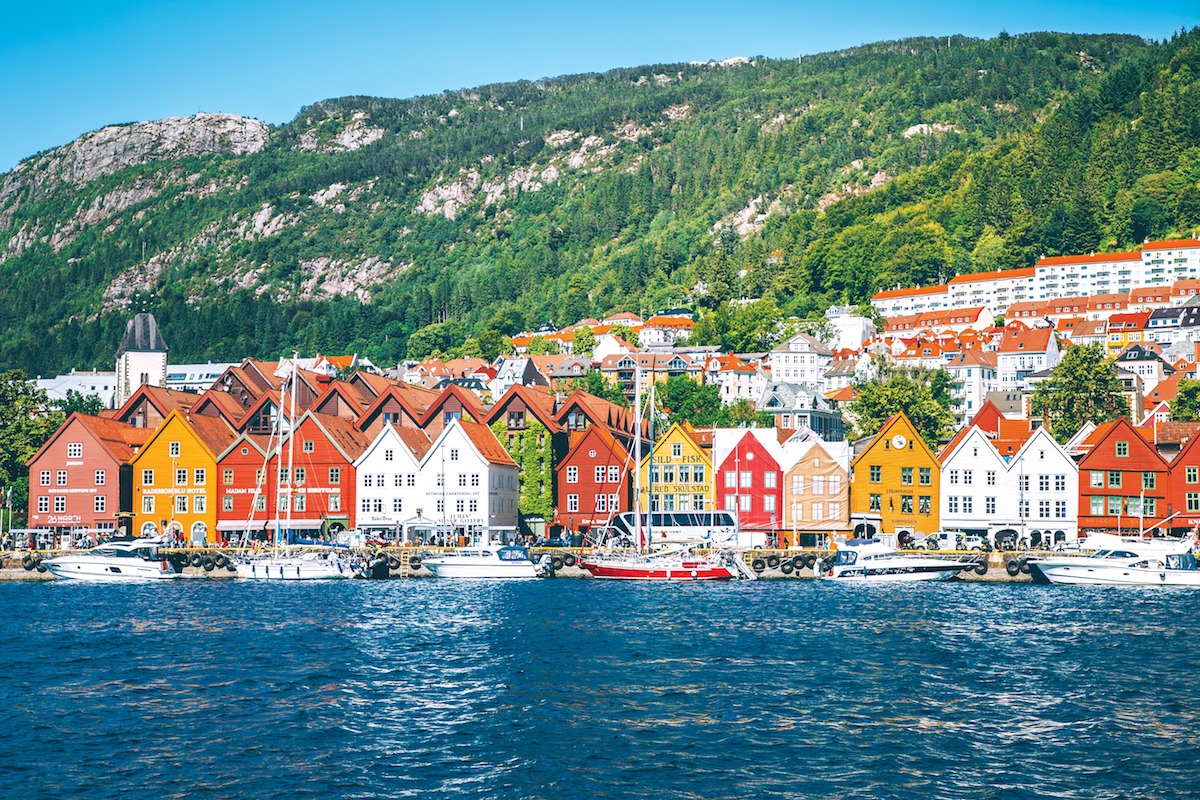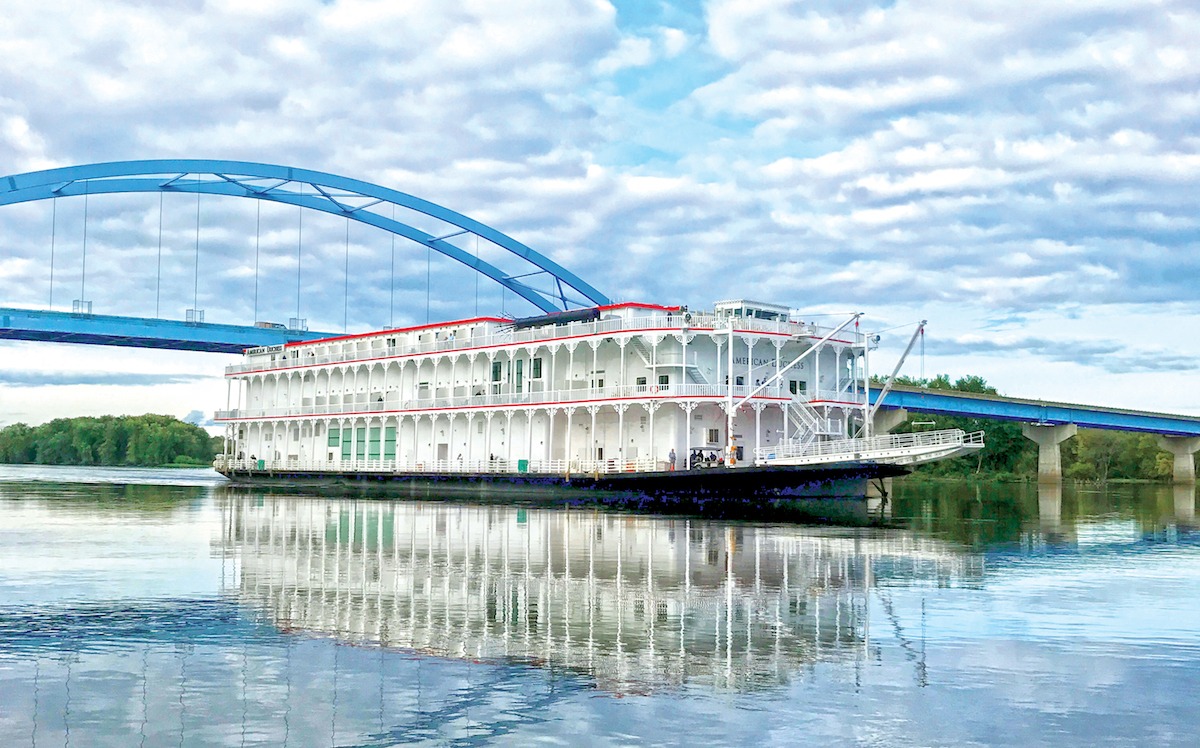
The Beauties and Basics of a Baltics Cruise
Vikings, Teutonic Knights, and murderous czars ruled its capitals. Its dramatic buildings embody the finest elements of Neoclassical, Jugendstil, and Baroque styles. Few lines know the storied shores of the Baltic Sea like Viking Ocean Cruises, founded by Norwegian Torstein Hagen in 1997 as Viking River Cruises in St. Petersburg, Russia. For a deep dive into Baltic culture and history, we sampled the shore excursions on the destination-intensive Viking Homelands Cruise. Read our review of this storied Baltics cruise below!
Stockholm in a Nutshell
Bridges, rivers, canals, and a postcard-perfect historic core make up the gorgeous city of Stockholm. The Swedish capital consists of 14 islands. Walking distances can be daunting, so an overview by motor coach is a practical way to see a lot in little time. Södermalm, where cruise ships dock, is the largest island, a bohemian enclave full of shops, restaurants, boutiques, kiosks, and pubs. Kungsholmen is a photographer’s dream — not just because of the impressive medieval-style City Hall (a popular wedding spot), but because of the unimpeded views of the city’s other districts. Norrmalm, on the mainland, is where you’ll see the theater district and upscale retail area.
Next up is Djurgården (“deer garden”), which was once the royal hunting grounds and today attracts visitors to its museums (including one devoted to ABBA), cafés, and amusement park. The tour ends at Gamla Stan, the city’s magical Old Town, whose narrow cobblestone streets present a hint of mystery, while the (only slightly) wider shopping streets are a souvenir buyer’s nirvana.
A Stroll Through Stately Helsinki
Helsinki owes its august appearance to Alexander I, the Russian czar who wrested control of Finland from Sweden in 1809. He almost immediately named the backwater settlement the new Finnish capital, and assigned architect Carl Ludvig Engel to design a glamorous metropolis of Neoclassical architecture, grand monuments, and broad boulevards. And yet Helsinki is built on a human scale. Following a complimentary motor coach tour, set out on your own on foot. Senate Square is at Helsinki’s heart, dominated by the blazing white Lutheran Helsinki Cathedral on a rise.

Senate Square and Helsinki Cathedral
A short walk leads to the Central Railway Station, designed in 1919 by Eliel Saarinen in the heroic Finnish version of Jugendstil architecture (there are ATMs and an information kiosk inside). In the opposite direction is the fashionable Esplanadi, a four-block-long park once reserved for the city’s gentry, now populated by statues, monuments, and historical markers. The Esplanadi ends at the outdoor market stalls at the park’s far end, appropriately overlooking the Baltic.
Royal St. Petersburg by Canal Boat
Peter the Great began building his new Russian capital alongside the Neva River in 1703. But the land was marshy, so a system of picturesque canals was built for drainage. A tour of the city by canal boat is both apropos and eye-opening. As we float down the Fontanka River, a Neva tributary, history reveals itself. Here is the palace of the Sheremetev family, with an intricate, gold-plated family crest atop the entry gate. There sits the pink palace of Paul I, the “Russian Hamlet,” doomed son of Catherine the Great. Tchaikovsky studied at the green-domed law school on the right before abandoning the law for music.
Out on the wide Neva, the 120-year-old Navy cruiser Aurora, from which a cannon shot launched the 1917 revolution, is moored in front of the Naval College. Galina, our Viking Cruises guide, points to the south and says, “The left bank of the Neva is the true imperial city.” Indeed, the palaces, villas, and magnificent….
This is only an excerpt. To read the full article, subscribe to Porthole Cruise Magazine.
By Mark Orwoll
Photo: Viking Ocean Cruises









